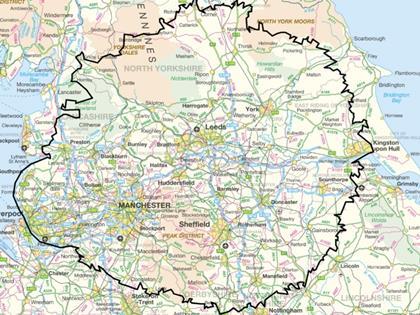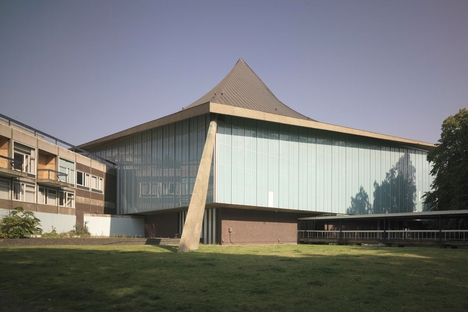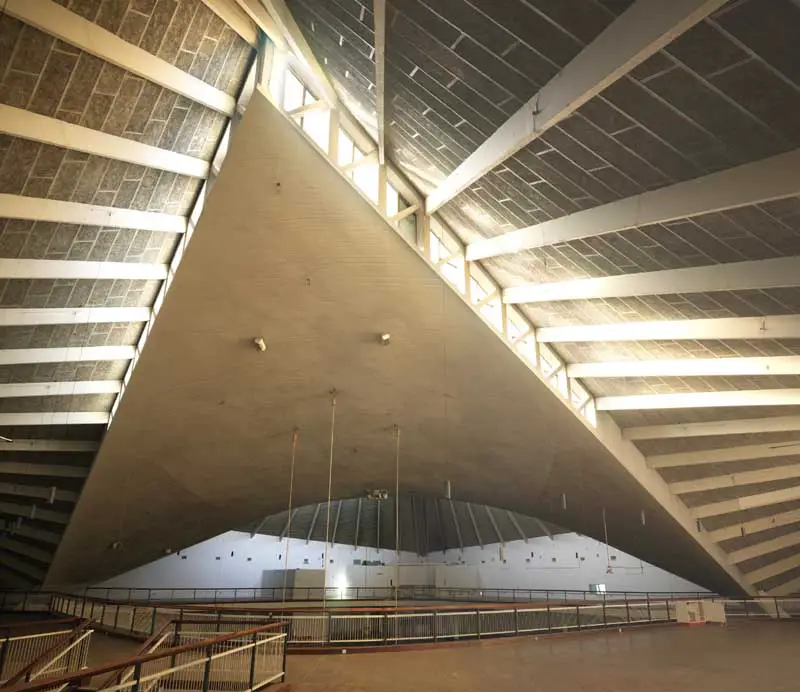 Netto was at first quite a novel and cheap addition to my routine local shopping experience, but over the years I couldn't help noticing that the store gradually became to look quite disorganised, dishevelled and dirty on a scale that even began to rival my local co-op at the time. It wasn't just my local store either. Trips to other branches seemed to confirm that Netto HQ appeared to lay down the same appalling standards in all its branches and that it was obviously part of their business plan. Maybe staff were inducted and specially trained in how to run a totally disorganised and filthy store? More than once I almost felt compelled to start straightening the stock on the chaotic shelves, or request a bucket of soapy water or broom in order to sort things out.
Netto was at first quite a novel and cheap addition to my routine local shopping experience, but over the years I couldn't help noticing that the store gradually became to look quite disorganised, dishevelled and dirty on a scale that even began to rival my local co-op at the time. It wasn't just my local store either. Trips to other branches seemed to confirm that Netto HQ appeared to lay down the same appalling standards in all its branches and that it was obviously part of their business plan. Maybe staff were inducted and specially trained in how to run a totally disorganised and filthy store? More than once I almost felt compelled to start straightening the stock on the chaotic shelves, or request a bucket of soapy water or broom in order to sort things out.  And then suddenly in 2010 the whole UK enterprise was put out of its misery when we learnt that Asda had bought the lot and Netto HQ had decided to concede defeat and leave these shores. I can tell you that the deep cleaning team that Asda sent in had their work cut out getting my local branch ready to reopen under the new green logo. Netto had been an initial bright new star on our shopping front, but had eventually fizzled out as the Danes just sort of gave up on us, a bit like the Dutch did with C&A. Overall, I guess we all thought that would be the end of a rather unpleasant, and in the end, most disagreeable shopping experience.
And then suddenly in 2010 the whole UK enterprise was put out of its misery when we learnt that Asda had bought the lot and Netto HQ had decided to concede defeat and leave these shores. I can tell you that the deep cleaning team that Asda sent in had their work cut out getting my local branch ready to reopen under the new green logo. Netto had been an initial bright new star on our shopping front, but had eventually fizzled out as the Danes just sort of gave up on us, a bit like the Dutch did with C&A. Overall, I guess we all thought that would be the end of a rather unpleasant, and in the end, most disagreeable shopping experience. So, imagine my shock and horror when l recently learnt they're coming back! It would appear that such has been the success of Aldi and Lidl in taking trade away from the big bad boys like Tesco and Sainsbury's, the latter at least has conceded defeat and in accepting that they can't compete, is getting into bed with a European discounter instead. Netto have formed a joint company with Sainsbury's that will initially see 15 stores open in the north of England, the first by the autumn. How lucky are we! It seems that if you can't beat 'em, you join 'em. Lets hope Sainsbury's are in charge of store operation this time round.
This from the BBC:-
UK supermarket chain Sainsbury's is to take on discount rivals Aldi and Lidl by entering into a joint venture with Danish discount grocery chain Netto. The joint venture will see the launch of 15 Netto stores by the end of 2015. Both Netto and Sainsbury's will invest £12.5m in the venture. The first store will open in the north of England later this year.
It comes after Sainsbury's reported its second consecutive quarter of falling sales. The first Netto store is expected to open in the winter. Sainsbury's and Netto both said they expected the venture to incur a post-tax loss in the region of £5m to £10m up to 31 March 2015. The joint venture marks a return to the UK for the Danish discounter. It exited the UK grocery market in 2010 after a 14-year stay and sold its stores to Asda for £778m. Sources said the purpose of the joint venture was clearly aimed at discount rival stores Aldi and Lidl, adding that the discount grocery market could be more competitive.
Netto will offer a limited range of branded products, such as Heinz and Coca-Cola. Much of the rest of its goods will be sourced from Dansk, Netto's parent company, and its own brand. Per Bank, chief executive of Dansk Supermarket, said: "It's great to be bringing a new twist to the rapidly-growing UK discount sector. "We'll offer market-leading value to customers, with the freshness and innovation that customers rightly associate with Denmark. "The discounter experience, operating model and systems of the Dansk Supermarket group, combined with Sainsbury's UK market insight, property expertise and logistics excellence, will help deliver a discounter format we think UK customers will love."
Bryan Roberts, retail analyst at Kantar, described the deal as "one of the very few genuine surprises I've encountered in my career as a retail analyst. A surprising but curiously logical deal. Sainsbury's is still very much a south-eastern business of the affluent middle class. Netto targets the less affluent," he added. Mr Roberts said there was "minimal risk" that Netto would take business away from Sainsbury's, adding it made sense for Netto to return to the UK, which was one of the fastest-growing discount markets in Europe.
Sainsbury's is one of the "big four" UK supermarkets alongside Asda, Tesco and Morrison's. All have been fighting to maintain market share in the face of increased competition from discount grocers and upmarket brands, such as Waitrose. Sainsbury's and Tesco have both reported falls in like-for-like sales - which strip out sales in stores open less than a year - in the past 12 months, while Morrison's announced on Tuesday that it was shedding 2,600 jobs.






